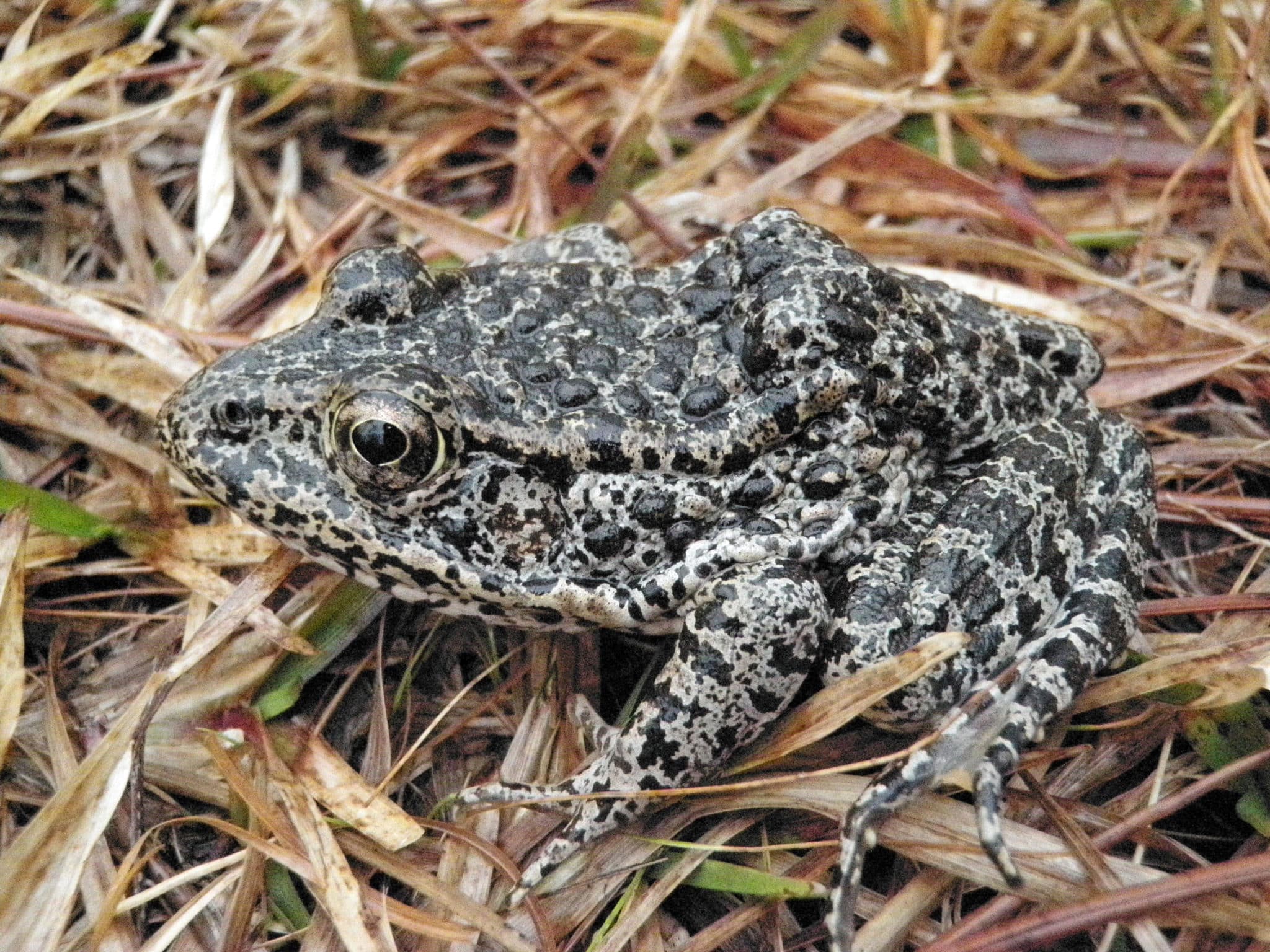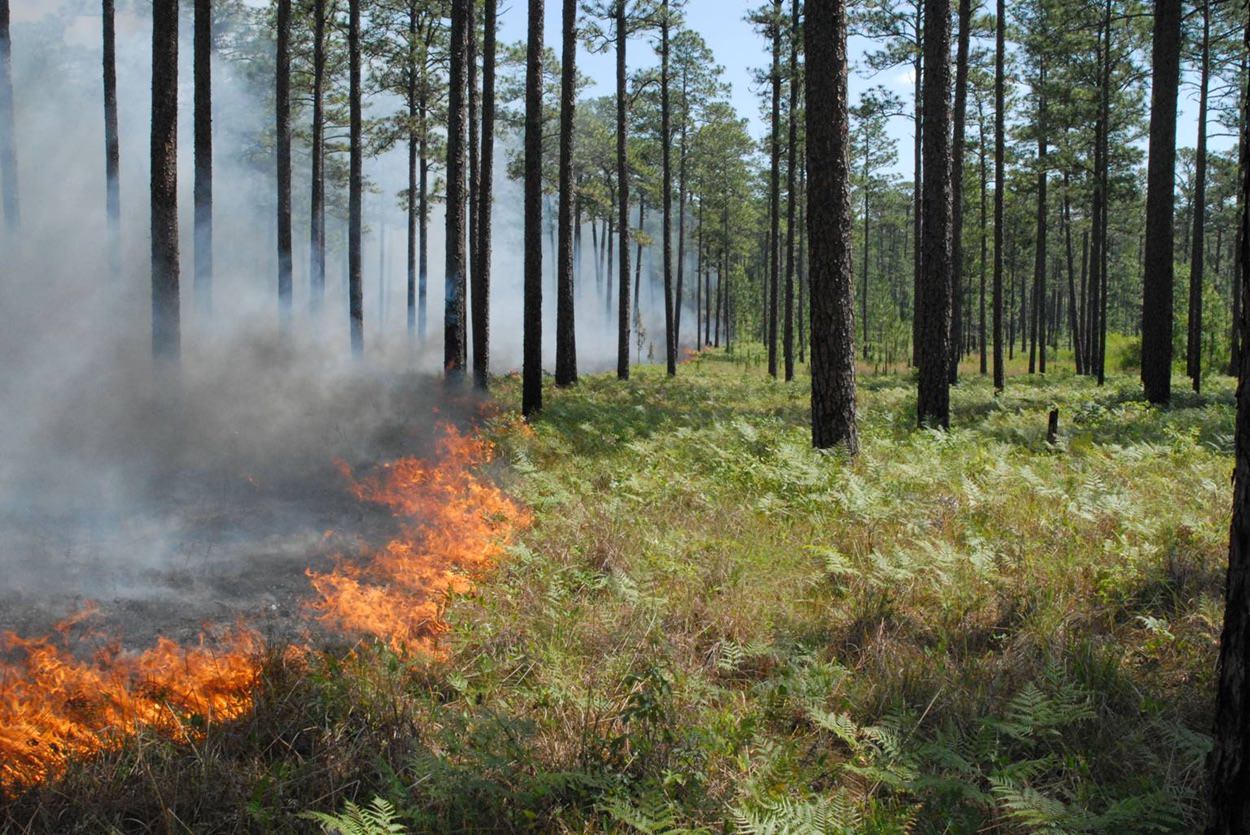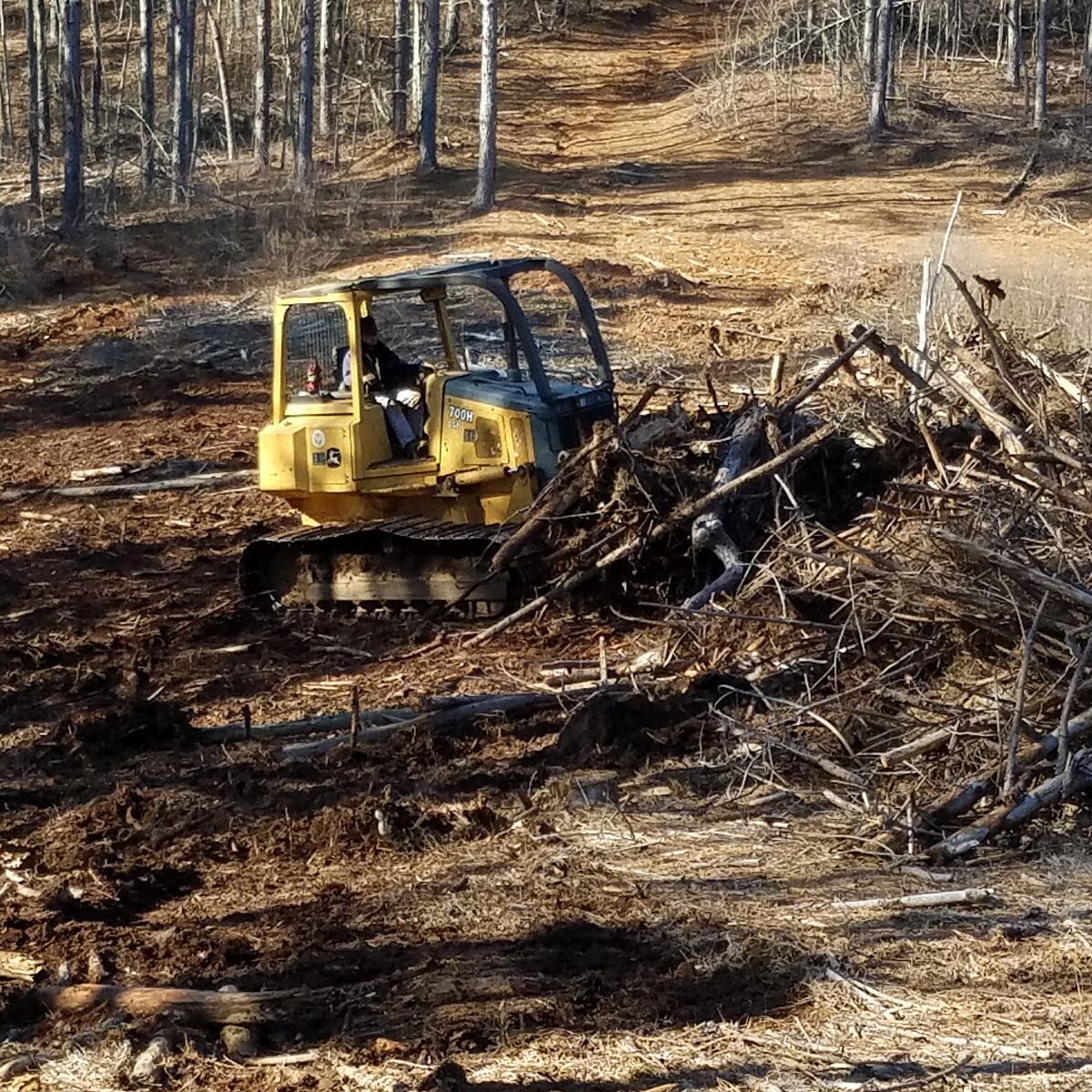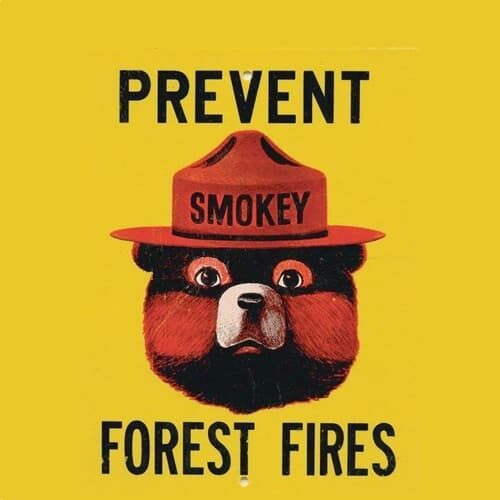Gopher Frog
Lithobates capito
Status: Imperiled
Though it looks like a toad, Gopher Frogs are considered a 'true' frog species found across the southeastern US, primarily in the longleaf pine ecosystem. These frogs are small, 2-4 inches long, with wide bodies and short legs, and a pointy nose. They may have rough or smooth skin with varying patterns of yellow, white, brown, and tan. They get their name because they are closely dependent on the gopher tortoise and the burrows they dig in the ground for shelter.


Habitat & Range
Gopher frogs are found in most southeastern states across the U.S. Gopher frogs mostly live in forests of longleaf pine trees with sandy soil and dry open areas. They seek shelter underground in gopher tortoise burrows or under logs. When moving, they hide out under clumps of grass and leaves on the ground. This protects them from both weather and predators. Gopher frogs especially prefer habitats where the trees aren't too close together, because there are more available burrows. They breed in temporary ponds or ones that flood in certain times of the year, but spend most of their time in burrows on land.
Food Web & Energy Flow
Gopher frogs tend to eat small insects and even other frogs. As tadpoles, they eat algae and small plant parts. They are considered secondary consumers.
Relationship to Fire & other Species
The gopher frog requires open woodland space with burrows to find shelter, grasses to hide in, and seasonal availability of water to lay their eggs and for the tadpoles to hatch and grow up. Regular low-intensity fires maintain an ideal habitat for the gopher frog, as well as for the gopher tortoise, whose burrows are frequently used by the frogs and other species.


Conservation Status
As you can see from the map below, the gopher frog is at different levels of risk for extinction from state to state where it lives, and is considered Imperiled overall.
Human Impacts/ Threats

Land Use Conversion
Longleaf forests and the habitat it supports is being cleared or converted to use the land for other uses like houses, roads, agriculture, and even to grow different types of trees to sell.

Fire Suppression
Many people think of fires in the forest as bad, so they work hard to prevent or suppress them. But longleaf forests NEED regular fire to support habitat for the species that live there!
Resources
BioKids. Gopher Frog
Amphibian Foundation. Gopher Frogs
Amphibians & Reptiles of North Carolina. Carolina Gopher Frog
Florida Fish & Wildlife Conservation Commission. Gopher Frog
Outdoor Alabama. Gopher Frog
